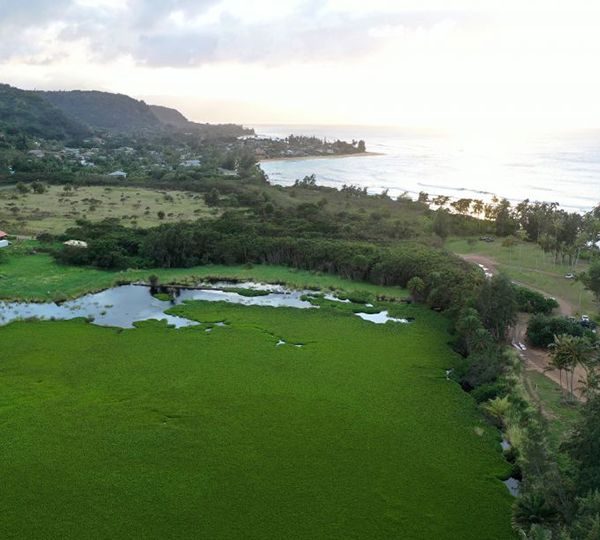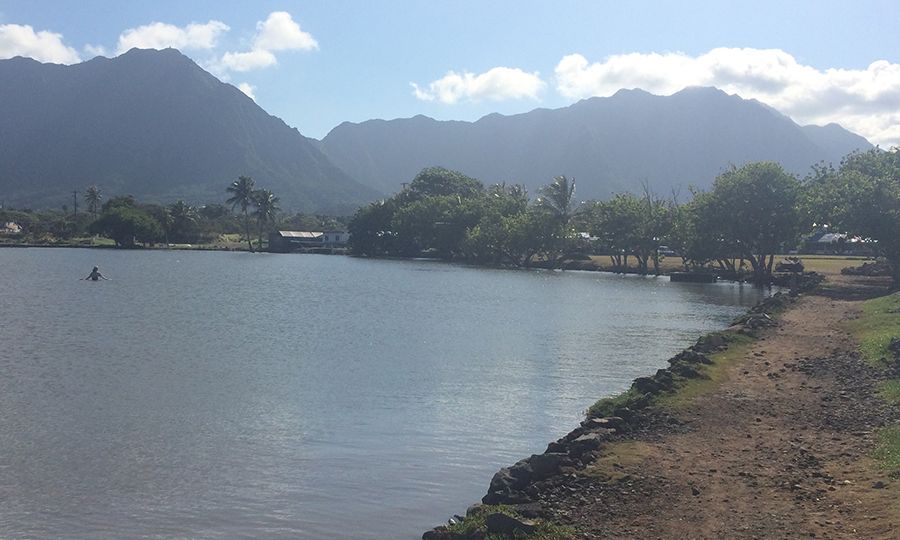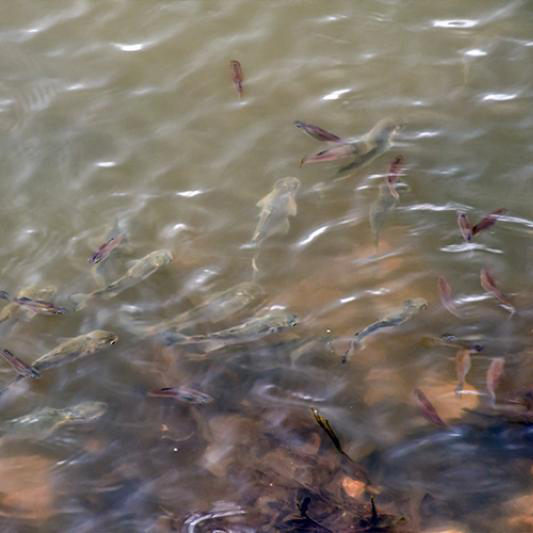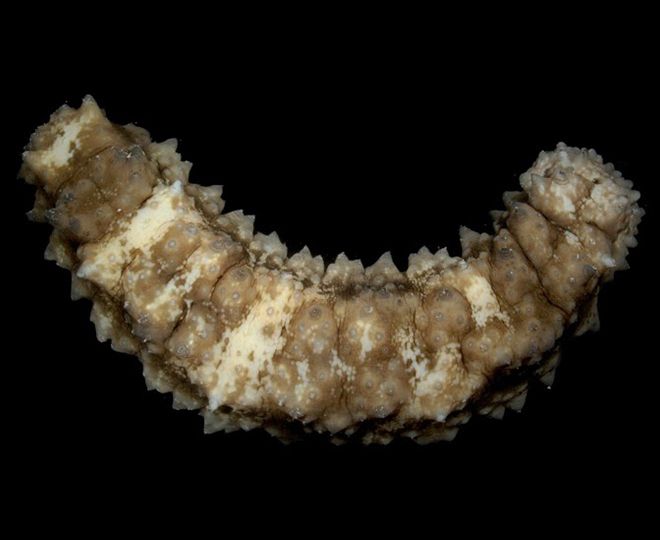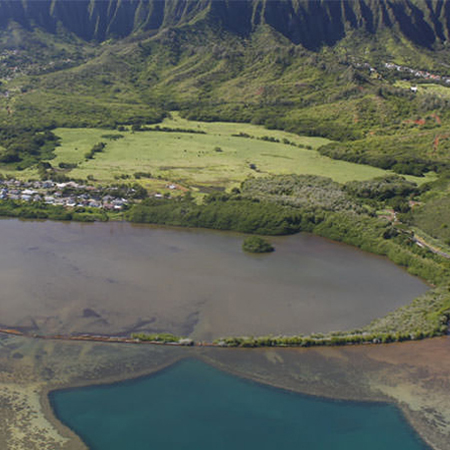PI: Carmella Vizza
Wetland restoration in Hawaiʻi combines traditional Hawaiian practices, conservation, agriculture, and aquaculture, and requires community involvement and complementary research efforts for success. This project will create a place-based research program and community of practice at Kalou, O‘ahu with the North Shore Community Land Trust, delivering new insight on water quality, fish populations, and ecosystem productivity.
Wetland restoration in Hawaiʻi combines traditional Hawaiian practices, conservation, agriculture, and aquaculture, and requires community involvement and complementary research efforts for success. This project will create a place-based research program and community of practice at Kalou, O‘ahu with the North Shore Community Land Trust, delivering new insight on water quality, fish populations, and ecosystem productivity.


